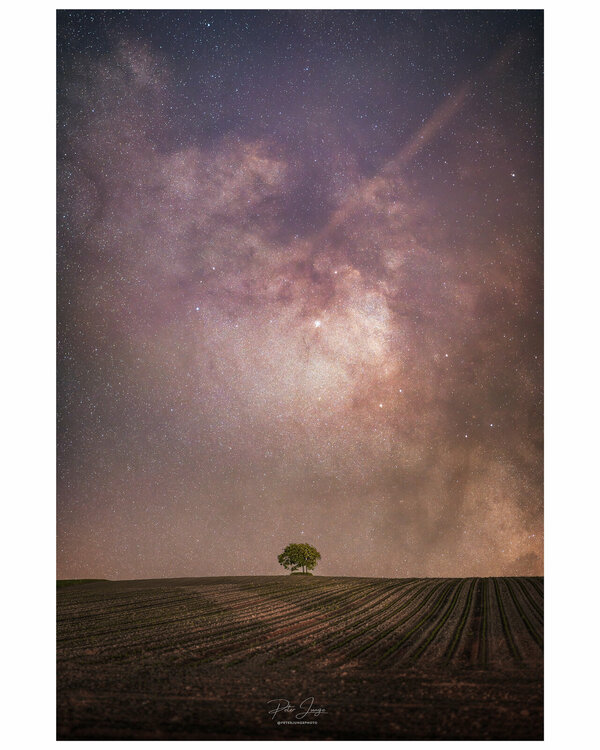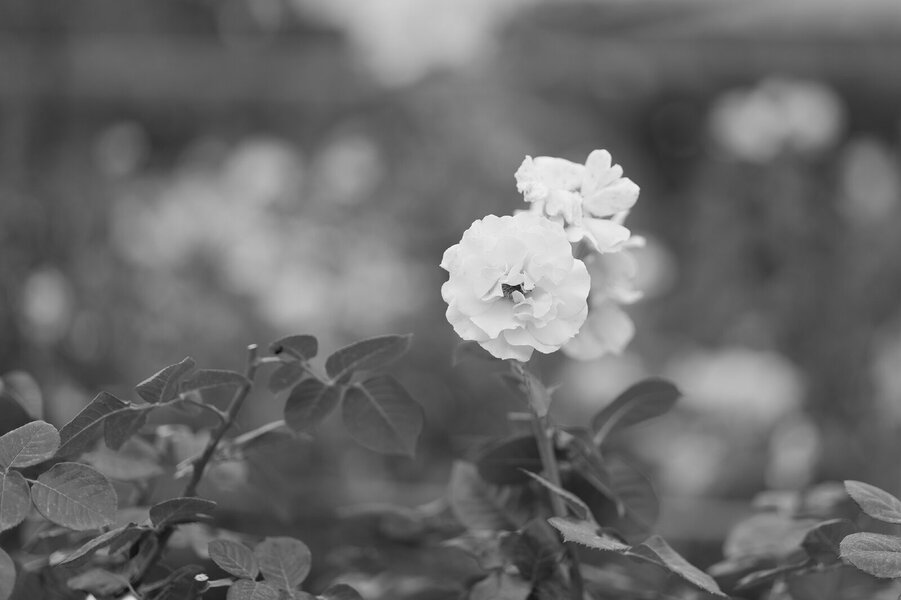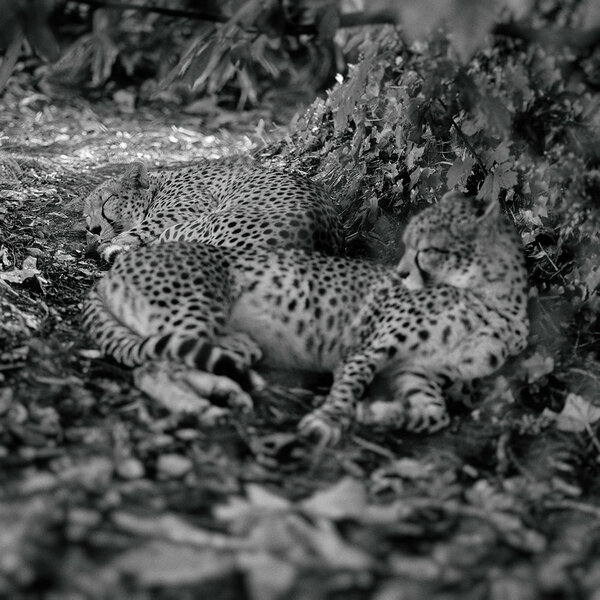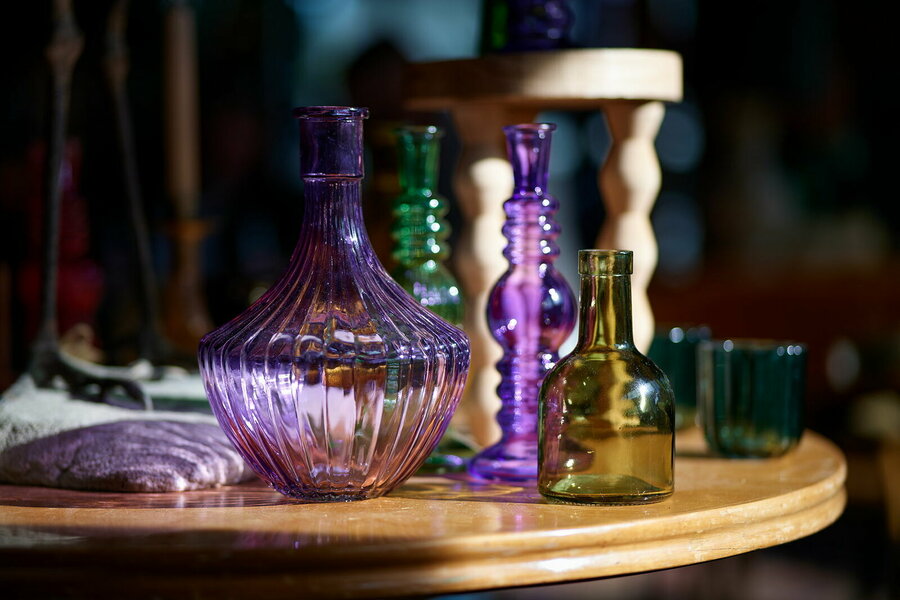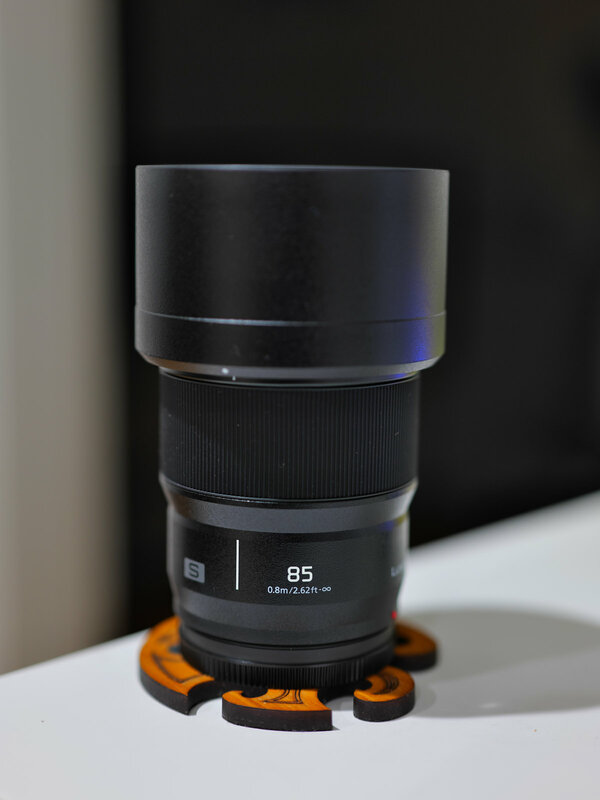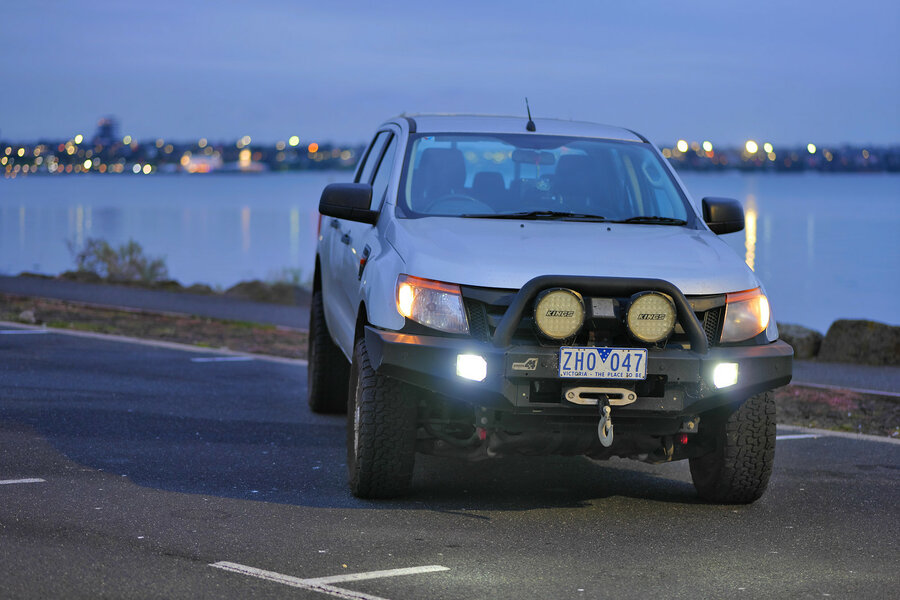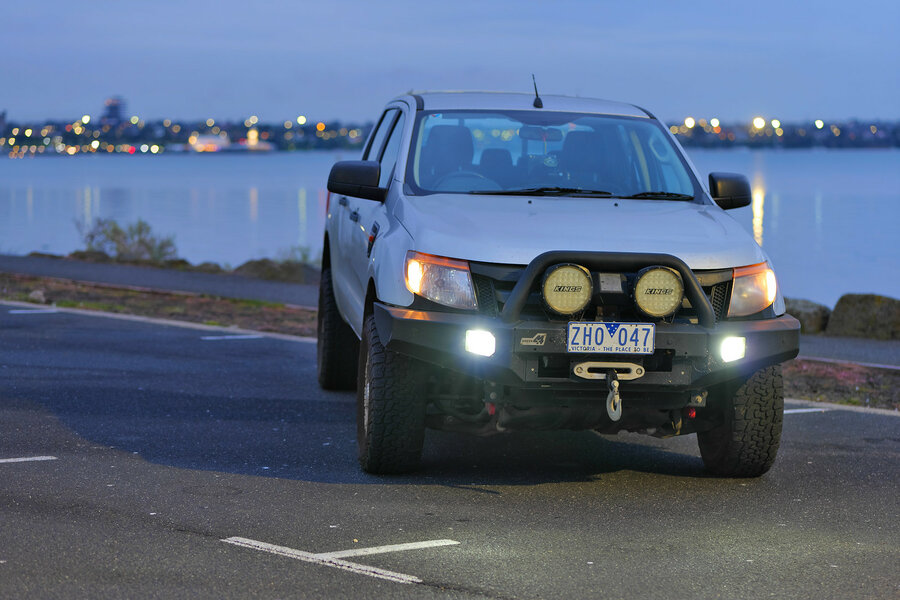....Or it can be compensated like you did with a reflector.
Compensating by reflection screen is just to "lower" light contrast, not to increase contrast. So just the opposite.
I have two Sigma lenses as well. And yes e.g. the Sigma 50mm/F1.4 is more "punchy", has another rendering style than the Lumix lenses.
But is more about micro contrast / sharpness. Than light / dark contrast.
But whether you find it negative or positive is simply a matter of taste and habit, just the first starting point to begin and are familiar with.
One could also interpret that difference in rendering as "negative" in the way Sigma lenses behave?
At least when doing portraiture, I have to use post processing settings to get rid of the very "harsh" rendering of the Sigma lenses.
Far more compensating than the Lumix lenses. But OK, it can be done.
E.g. "Matt Osborne" - Leica man, a well-known English model photographer. Doesn't want to use Sigma lenses at all by that rendering.
So he has just another "starting" point.
OUCH! How Sharp Is TOO Sharp? | Sigma 35mm f2 DG DN (Leica L) --- YouTube video
All brands of lenses, optical designers of these lenses have a different view and philosophy in imaging.
Whether you are using Leica, Panasonic, Nikon, Canon, Zeiss, Sigma, Samyang, and whatever other lenses.
The rendering and "taste" is "different" for all of them.
By the sake of using different lenses,
you have to compensate the rendering in one way or another, to bring character together and personal preferences.
Luckily we have so much and wide available digital tools for it today, we can do "all that" by post processing.
And can use lenses from any brand and use it for all kind of jobs.
That is different for about 40 years ago, doing photography and using
film only in those days.
I borrowed a Hasselblad with Zeiss lenses to do a job for imaging indoor photography for a kind of big high tech interactive museum.
The rendering of these Zeiss lenses however gave me difficult rendered high contrast images I didn't like.
Difficult for lithography too, for printing catalogues of this high tech museum.
Not finished the job than. (But didn't want to borrow the Hasselblad longer).
I bought a Mamiya RB67 camera and lenses. And went further to finish the job.
The result for this indoor pictures was so much more better in fine gentle light /dark areas and manageable contrast.
That I rephotographed all previously recorded images done with the Hasselblad and Zeiss lenses.
Where those Zeiss lenses bad?? Not by the idea of many photographers in these days.
But for me, it didn't fit for the jobs I was doing with it.
-



